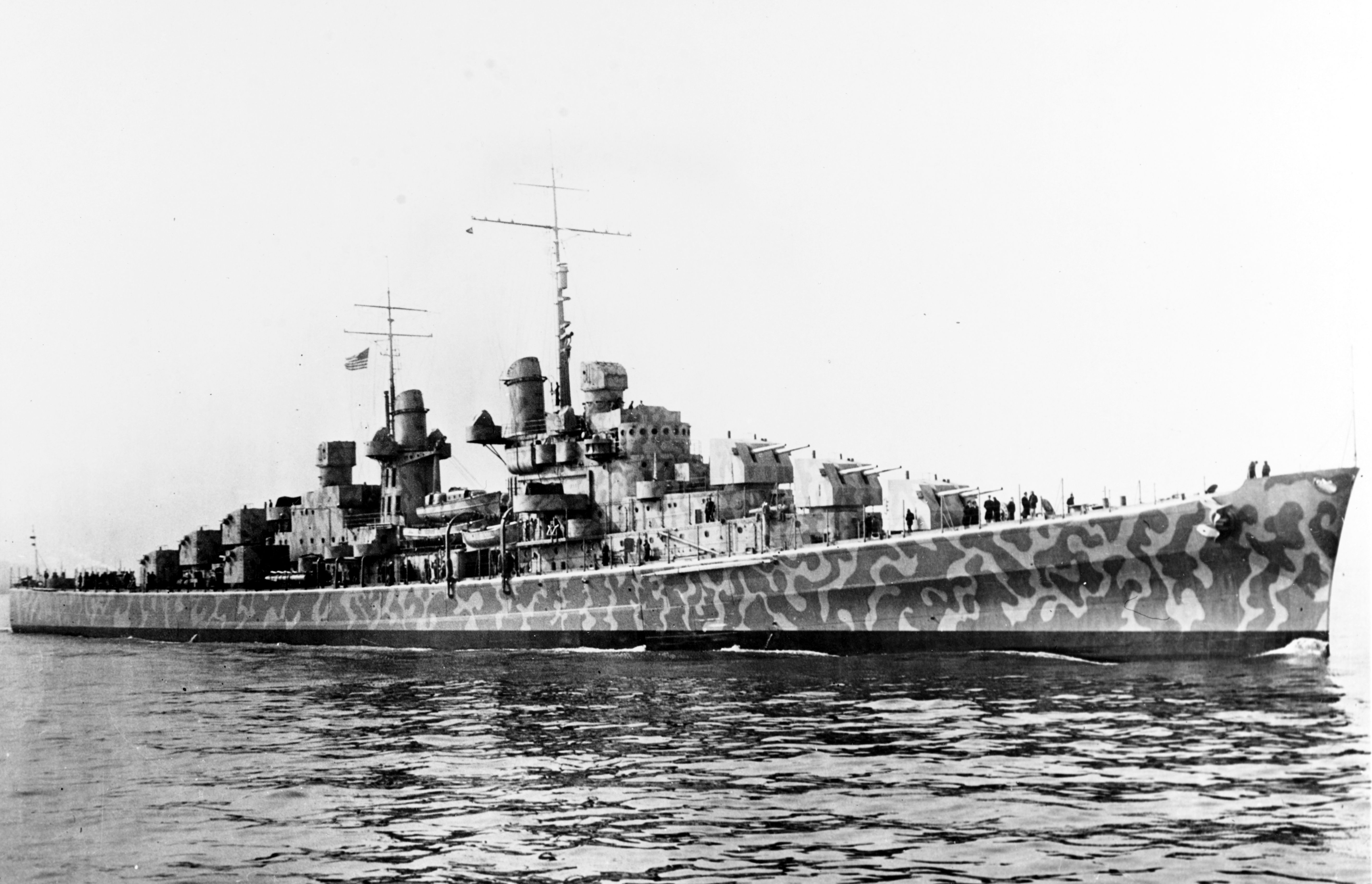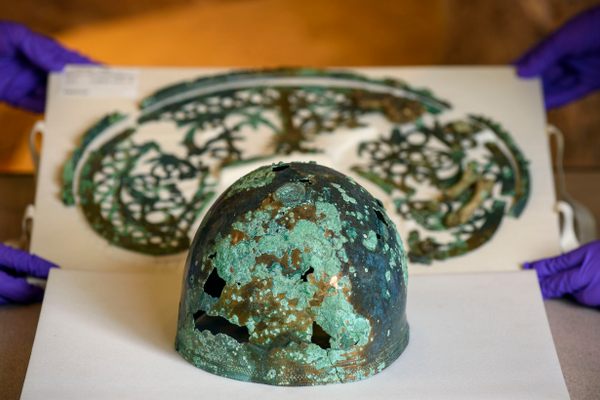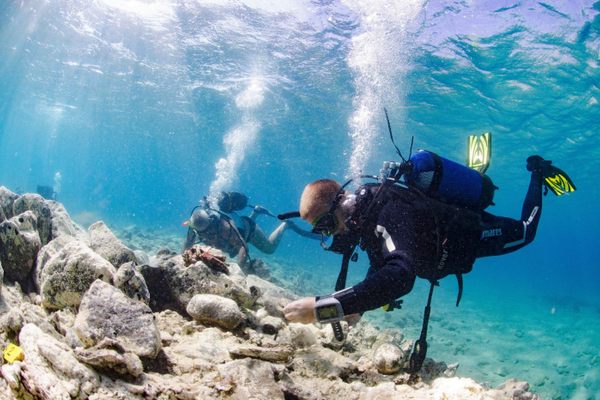Found: The Wreck of the USS Juneau, Where 5 Brothers From Iowa Died
An incredible St. Patrick’s day discovery.

There should never have been five Sullivan brothers aboard the hulking USS Juneau. In July 1942, the U.S. Navy enacted a policy in the wake of Pearl Harbor that barred brothers from serving on the same ship. It’s unclear whether or not the policy was enforced, however. And the Sullivans—Joseph, Francis, Albert, Madison, and George, from Waterloo, Iowa—made their feelings clear: They served together, or they didn’t serve at all. That ultimatum, in the end, came at a terrible cost.
On Friday, November 13, 1942, the USS Juneau was scuppered by a Japanese torpedo during the Battle of Guadalcanal. There were 687 people aboard—all but 100 died in the attack, among them three of the brothers. For the past 76 years, the steel parts of the cruiser have lain untouched at the bottom of the ocean—until last weekend, when a crew funded by the philanthropist and Microsoft co-founder Paul Allen found the wreckage resting on the floor of the South Pacific, about 2.6 miles below the surface.
Of the 100 men who survived the initial attack, 90 more perished after a search for survivors was accidentally delayed by over a week. Some died of exposure; others of dehydration or shark attacks. Survivors reported that Al and George, the youngest and eldest sons, respectively, both survived the torpedo attack: Al drowned the next day, while George, reportedly mad with grief, disappeared over the side of his raft after four or five days and was never seen again.


The discovery is a significant one, said Vice Admiral Rich Brown, from the Naval Surface Forces, in a statement. “The story of the USS Juneau crew and Sullivan brothers epitomize the service and sacrifice of our nation’s greatest generation.” In the years after their deaths, the brothers’ parents, Tom and Alleta Sullivan, made multiple public appearances to support the war efforts, and two destroyers were named The Sullivans in their honor.
The expedition team members said in a statement that they used sonar technology to identify the wreck, before sending in a remotely operated underwater vehicle, with a camera. The cruiser was off the coast of the Solomon Islands, an archipelago about 1,200 miles due north of Brisbane.
Six years of Allen’s undersea exploration have led to the rediscovery of a number of lost wrecks and maritime paraphernalia: with the Royal Navy, the bell of the HMS Hood; the Japanese battleship Musashi; the Italian destroyer RN Artigliere; the USS Indianapolis; the Japanese IJN Yamashiro; and, earlier this month, the aircraft carrier USS Lexington, known as the “Lady Lex.” It’s an expensive hobby, certainly, and one that relies on the support of wealthy benefactors—especially as fuel costs rise, and fewer expeditions are commissioned. “Funding is getting harder and harder to come by,” David Gallo, director of special projects at the Woods Hole Oceanographic Institution in Massachusetts, told Christian Science Monitor in 2015. “It’s very frustrating.”


















Follow us on Twitter to get the latest on the world's hidden wonders.
Like us on Facebook to get the latest on the world's hidden wonders.
Follow us on Twitter Like us on Facebook